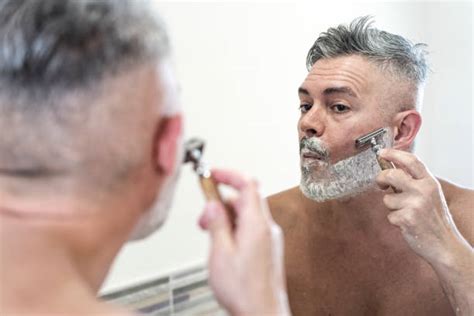Optimal antiperspirant: Prevent sweat & odor for peak professional presence?
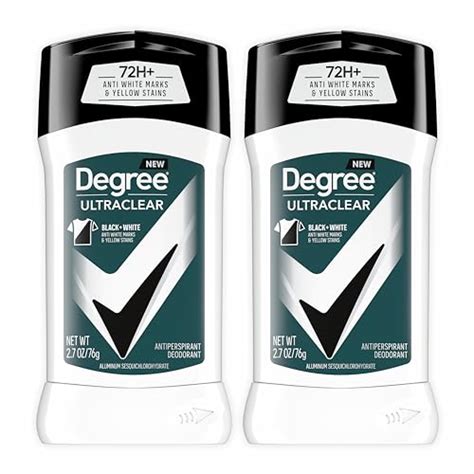
The Unspoken Challenge: Sweat and Professionalism
In the highly competitive professional landscape, every detail contributes to your overall presence and perceived competence. From your attire to your communication skills, a professional image is meticulously crafted. Yet, one often-overlooked factor can subtly undermine even the most carefully curated persona: visible sweat and body odor.
Perspiration is a natural bodily function, but in a professional context, excessive sweating or noticeable odor can lead to discomfort, self-consciousness, and may even distract colleagues or clients. This can inadvertently project an image of nervousness, stress, or even poor hygiene, regardless of your actual capabilities. Ensuring you are fresh and dry throughout your workday is not just about personal comfort; it’s a strategic component of maintaining a strong, confident, and peak professional presence.

Understanding Antiperspirants: More Than Just Deodorant
While often used interchangeably, antiperspirants and deodorants serve distinct purposes. Deodorants mask or neutralize body odor with fragrances and antibacterial agents, but they do not stop the production of sweat. Antiperspirants, on the other hand, actively reduce or prevent sweating by temporarily blocking sweat ducts, typically using aluminum-based compounds.
The active ingredients in antiperspirants, such as aluminum zirconium or aluminum chlorohydrate, work by dissolving in the sweat on the skin’s surface to form a temporary plug within the sweat glands. This plug reduces the amount of sweat that reaches the skin, thereby keeping you drier. By controlling sweat, antiperspirants also indirectly control odor, as sweat itself is largely odorless; it’s the bacteria on the skin breaking down sweat that creates noticeable smells.
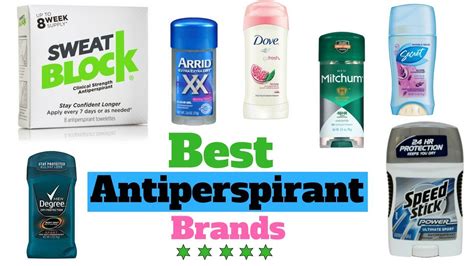
Selecting Your Optimal Antiperspirant
Strength Matters: Regular vs. Clinical
Antiperspirants come in various strengths. Regular-strength options are suitable for most individuals with moderate sweating. For those who experience more significant perspiration, ‘clinical strength’ or ‘extra strength’ antiperspirants contain higher concentrations of active ingredients and are designed to provide more robust sweat protection.
Formulation: Sticks, Roll-ons, Gels, and Sprays
The form of antiperspirant is often a matter of personal preference. Sticks offer a solid, usually white, application. Roll-ons provide a liquid or gel that dries on the skin. Gels are clear and can be less likely to leave residue. Sprays offer a quick, touch-free application. Each has its pros and cons regarding convenience, drying time, and potential for white marks on clothing.
Ingredient Awareness: Fragrance-Free and Skin Sensitivity
For individuals with sensitive skin or those who prefer not to mix scents with their cologne or perfume, fragrance-free antiperspirants are an excellent choice. Always check the ingredient list if you have known allergies or sensitivities to specific chemicals or fragrances.
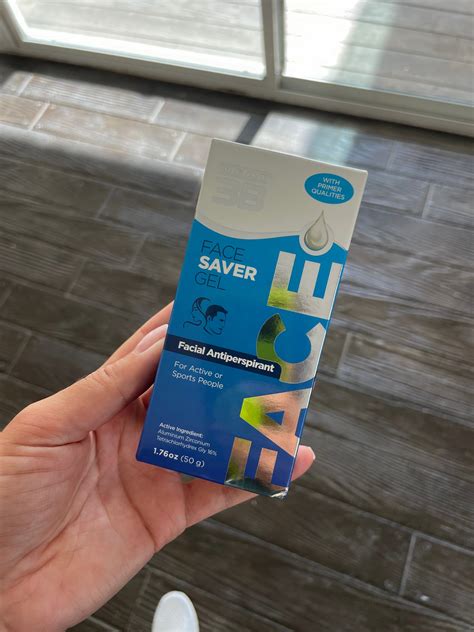
Application Best Practices for Maximum Efficacy
To get the most out of your antiperspirant, proper application is key. The most effective time to apply antiperspirant is at night before bed. This is when sweat glands are typically less active, allowing the active ingredients more time to penetrate and block the ducts before significant sweating begins the next day. Ensure your skin is clean and completely dry before application to maximize absorption.
While nighttime application is ideal, reapplying in the morning can offer an extra layer of confidence, especially if you anticipate a particularly stressful or active day. Consistency is crucial; using antiperspirant regularly will build up its effectiveness over time, providing sustained protection against sweat and odor.
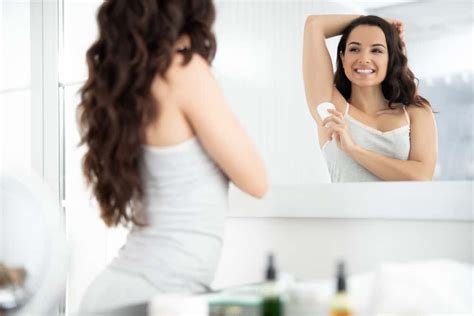
Holistic Approaches to Sweat and Odor Management
While an optimal antiperspirant is your first line of defense, a holistic approach can further enhance your sweat and odor control. Consider your clothing choices: natural, breathable fabrics like cotton, linen, and wool allow better air circulation than synthetics, helping to dissipate heat and moisture. Layering can also be beneficial, allowing you to adjust your clothing to fluctuating temperatures.
Diet can also play a role; certain foods (like spicy dishes, garlic, and onions) and beverages (such as caffeine and alcohol) can sometimes contribute to body odor. Staying well-hydrated helps regulate body temperature, potentially reducing excessive sweating. Maintaining good overall hygiene, including regular showers and ensuring your clothes are clean, reinforces your efforts.

Conclusion: Invest in Your Professional Polish
An optimal antiperspirant is more than just a grooming product; it’s an investment in your professional confidence and presence. By effectively preventing sweat and odor, you eliminate potential distractions and discomfort, allowing you to focus entirely on your work and interactions. Taking the time to choose the right product and apply it correctly can provide the peace of mind needed to perform at your peak, ensuring that your professional image remains as polished and composed as your aspirations.






